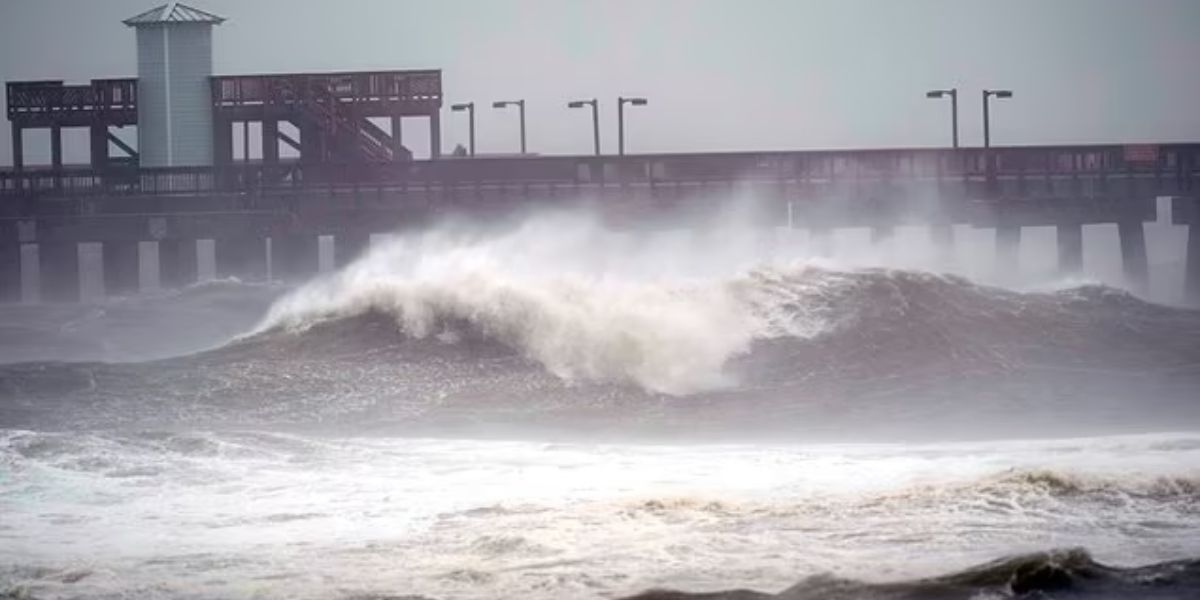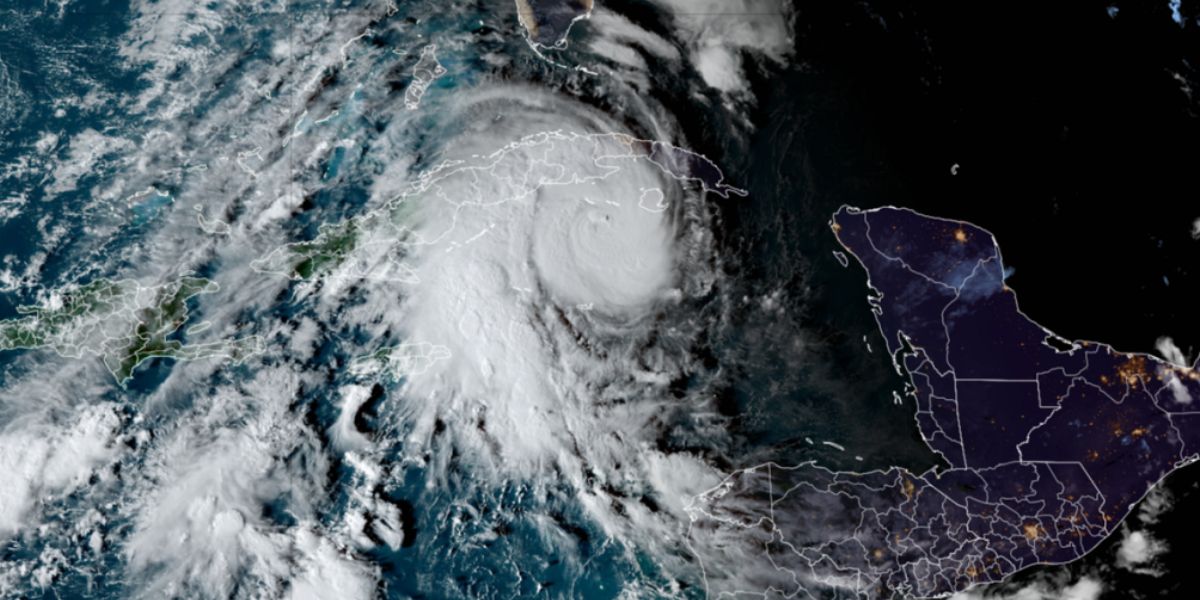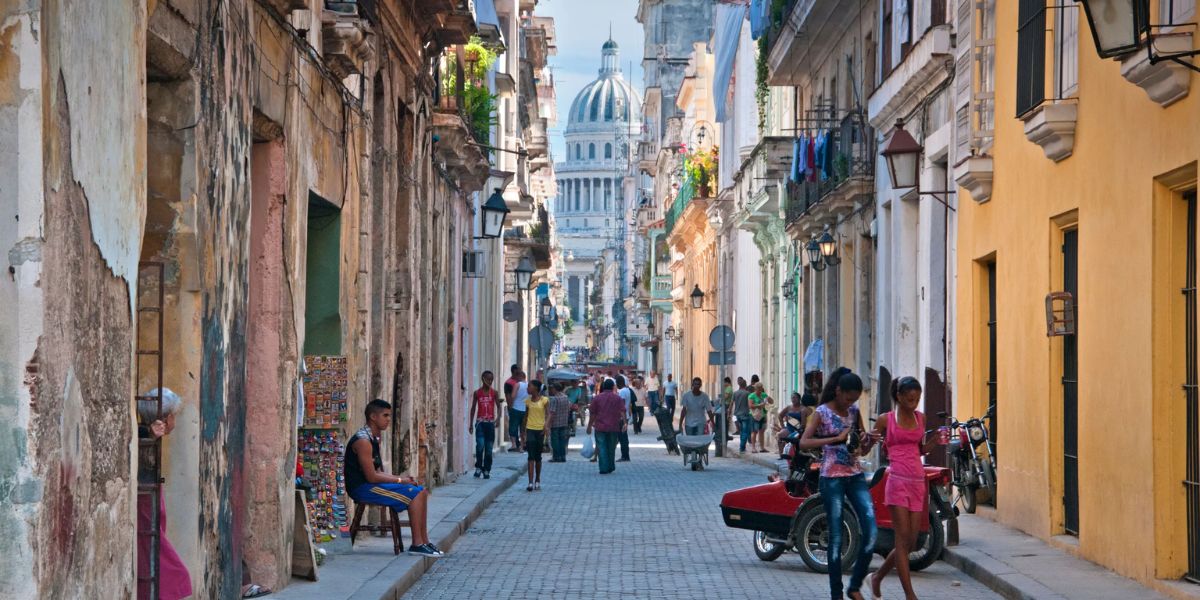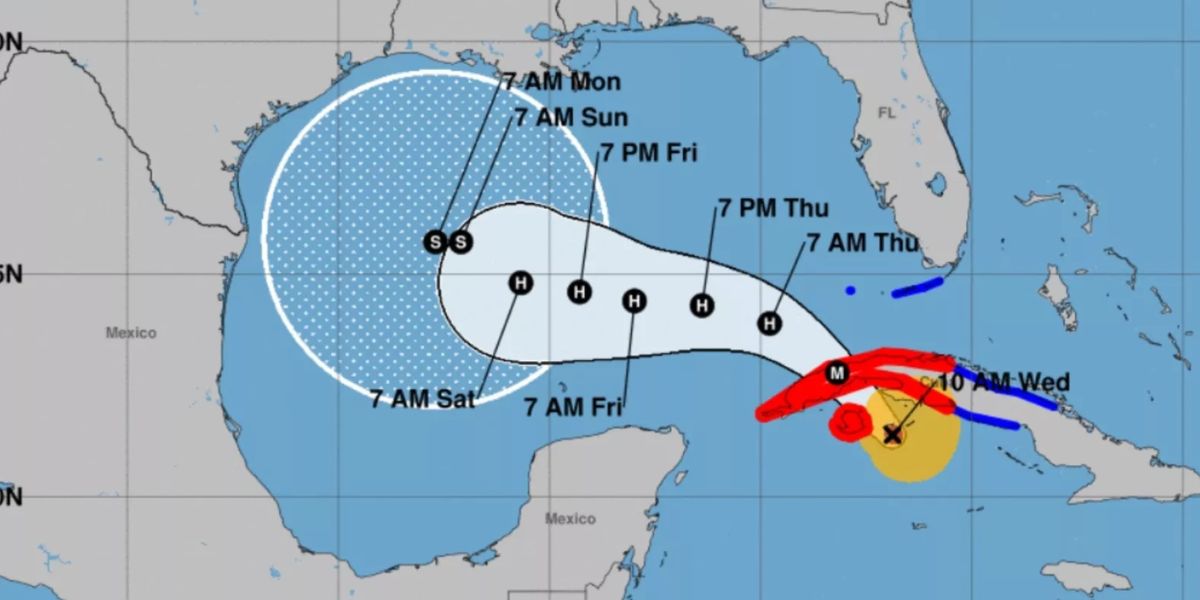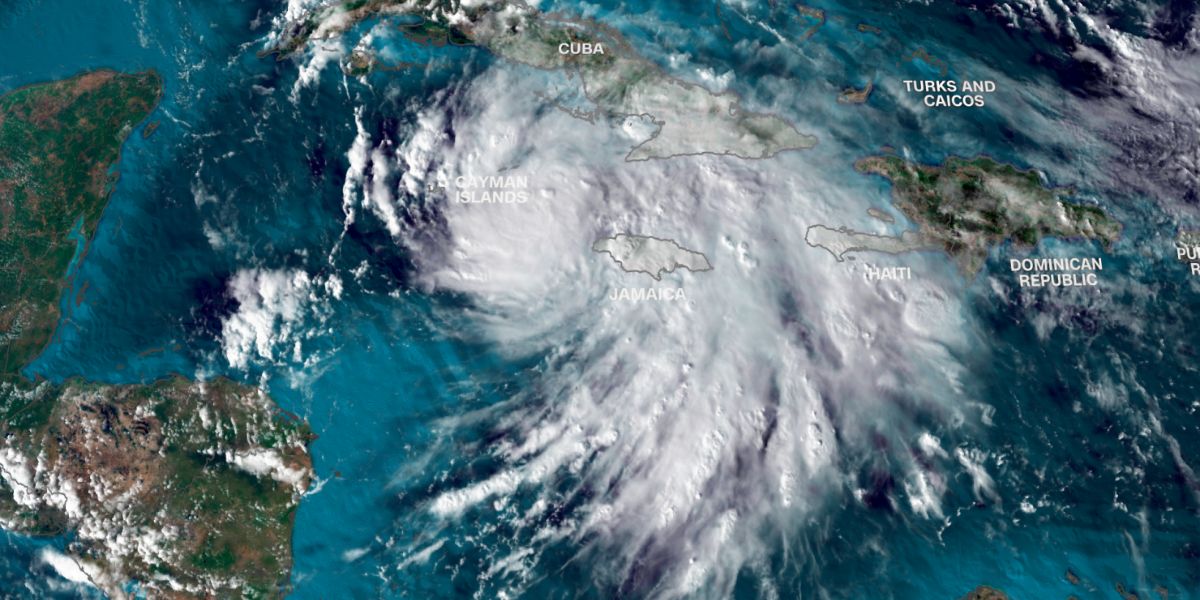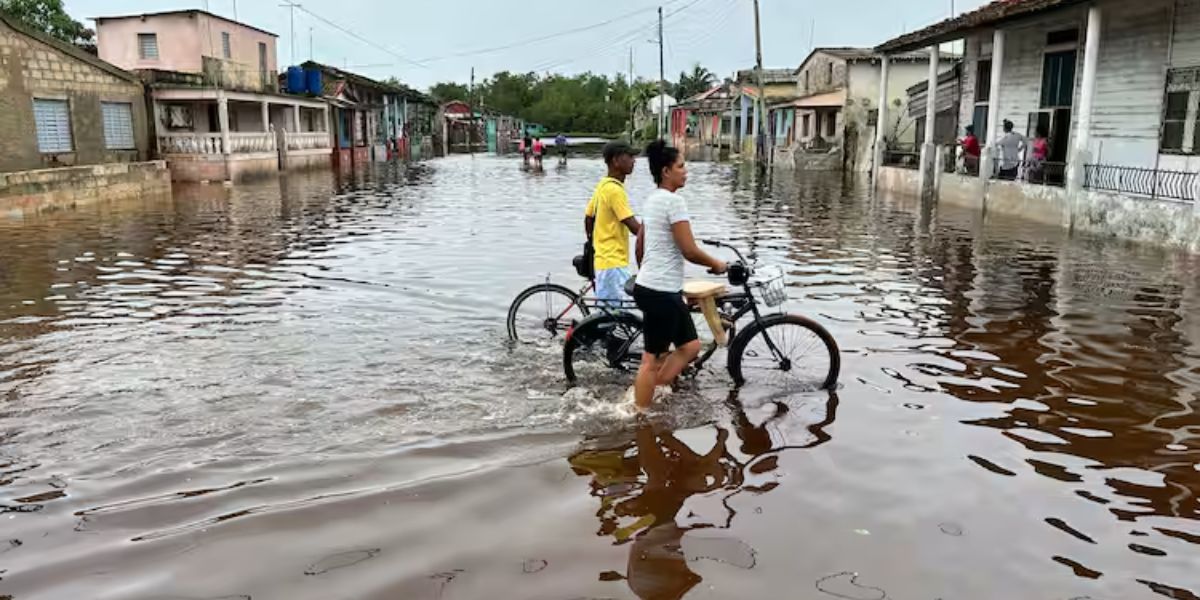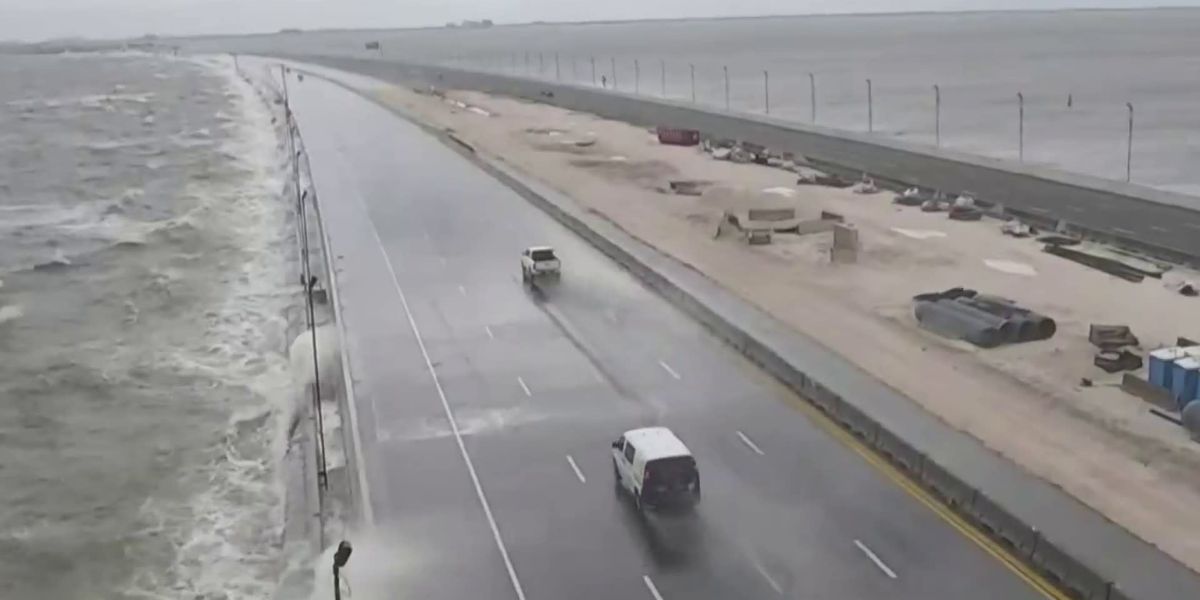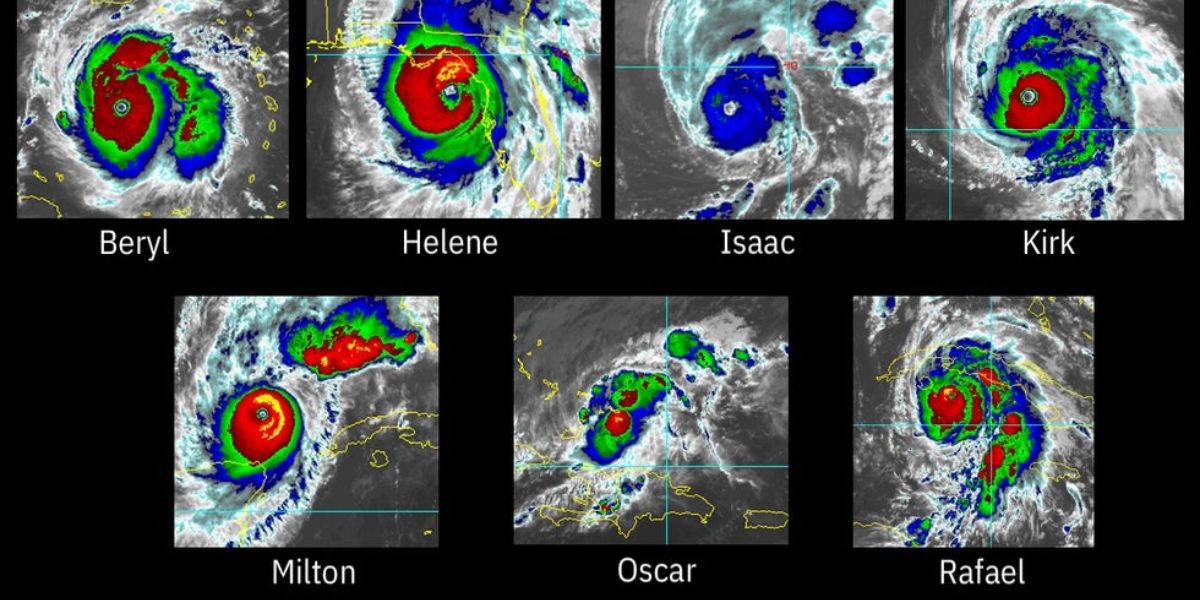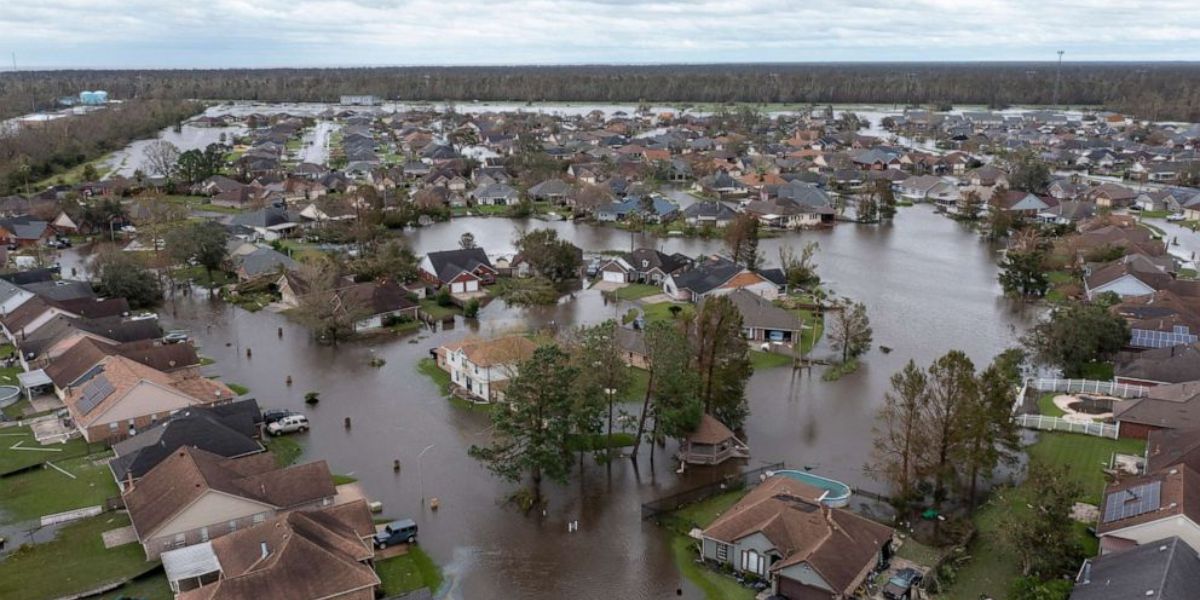After a deadly hurricane season this year, meteorologists say a rare November hurricane called Rafael is expected to hit the southern US this weekend. According to Phil Klotzbach, a hurricane researcher at Colorado State University, Rafael is the 17th named storm of the 2024 Atlantic hurricane season. 14 storms occur on average each year.
Hurricane Rafael makes landfall in western Cuba
According to the National Oceanic and Atmospheric Administration (NOAA), Rafael intensified into a Category 3 hurricane, making landfall in western Cuba as it moved toward the Gulf of Mexico. Dangerous storm surges, damaging hurricane-force winds and flash flooding are caused by the storm.
As per the report, it is likely to emerge into the southeastern Gulf of Mexico tonight as a hurricane.
Tornado warnings for Gulf Coast
Although tropical storm conditions are expected in the Florida Keys, it is too early to determine the storm’s impacts on parts of the northern Gulf Coast. There is also a warning for a few tornadoes that could occur in that area and in southwestern Florida through Wednesday night.
Rain due to Rafael expected in the Florida Keys
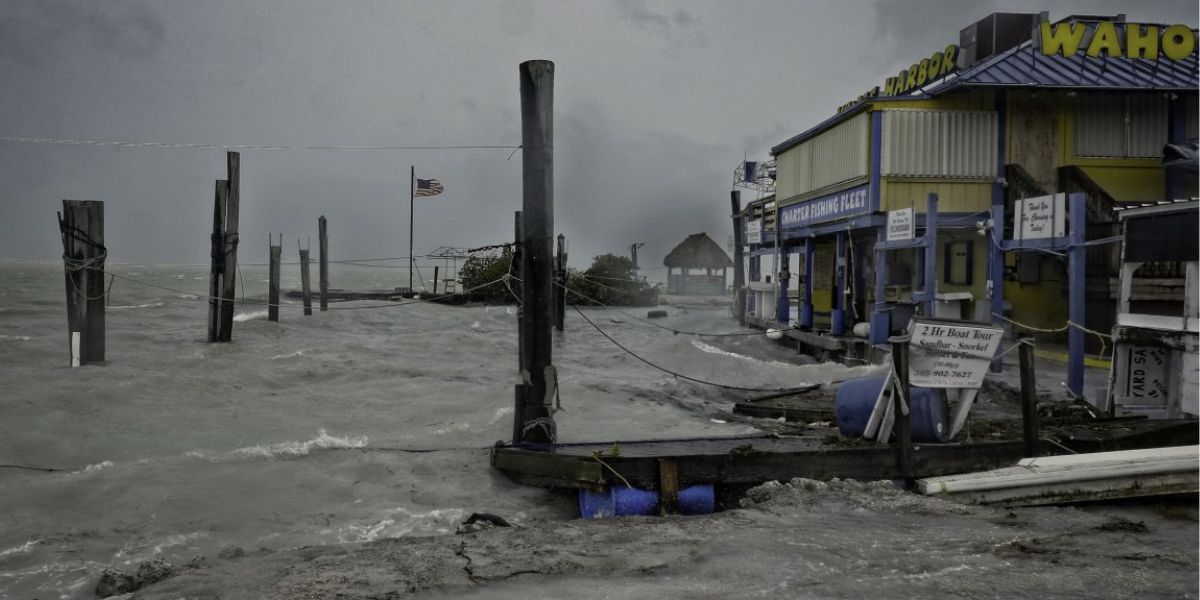
According to AP, Island officials have shut down schools and government offices in preparation.
Currently, the storm has maximum sustained winds of 115mph and is moving northwest at 14 mph. This is the 17th named storm of this storm season to pass by Jamaica with little damage reported.
Warning against traveling to Cuba
A warning against traveling to Cuba has been issued by the U.S. State Department. They are also offering flights for non-essential staff to depart the country. A hurricane warning has also been issued for the provinces of Pinar del Rio, Artemisa, La Habana, Mayabeque, Matanzas, and the Isle of Youth in Cuba.
The storm is moving Towards Texas
Before weakening, Rafael is expected to remain a Category 1 or 2 storm as it approaches the central Gulf Coast of the U.S. this weekend. As per the latest forecasts, the storm is moving west of Florida toward Texas.
It is expected to create rough seas in the Gulf of Mexico
Even though the storm will weaken as it gets closer to the U.S., it is still expected to be strong to create rough seas in the Gulf of Mexico, which could result in beach erosion and hazardous surf conditions.
The storm may cause flooding and possible landfall in Louisiana
Also, some flooding is predicted along the coast and the storm is expected to make landfall in Louisiana, although the exact location could range from Florida Panhandle to the Texas coast.
Storm’s remnants could bring rain to southern Appalachia
The storm’s remnants could bring enough rain to southern Appalachia to cause flooding, but most of this rain is not expected to hit the areas that are recovering from Hurricane Helene.
This is the seventh Atlantic hurricane to undergo rapid intensification
As per the Non-profit Climate Central, climate change has made the warm sea surface temperatures in Caribbean, which are making Hurricane Rafael grow stronger, at least 60 times more likely. They are pointed that this is the seventh Atlantic hurricane this season to rapidly intensify in a short period.
November’s named storms
Since 2013, eight named storms have developed in November. Of these, only four made landfalls with just two impacting the U.S.
Also, according to NOAA database, since the record keeping began in 1851, a total of 287 hurricanes have made landfall in the U.S., and of those, only four occurred in November.
Hurricane Nicole, which struck Florida in November 2022, was the most recent. Before that, the U.S. had not seen a November hurricane since Hurricane Katie in 1985.

